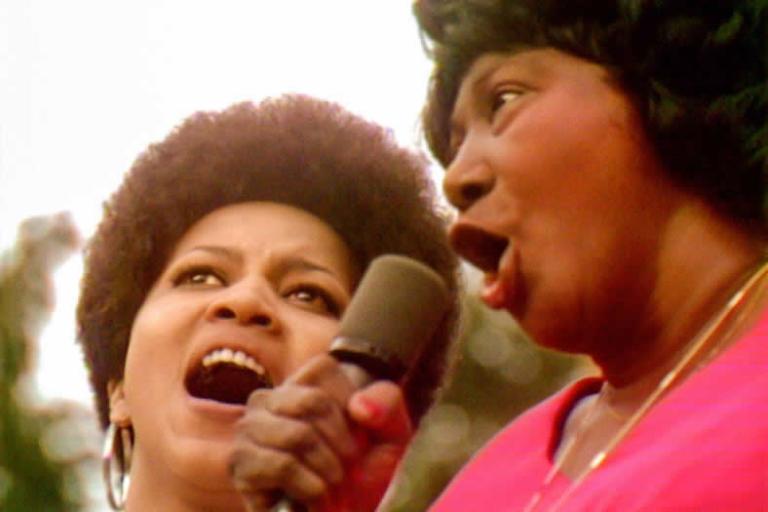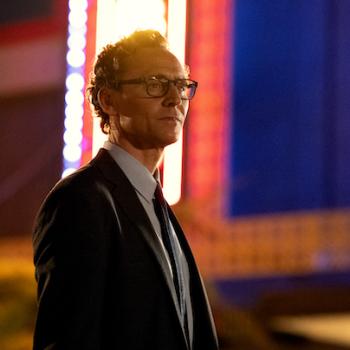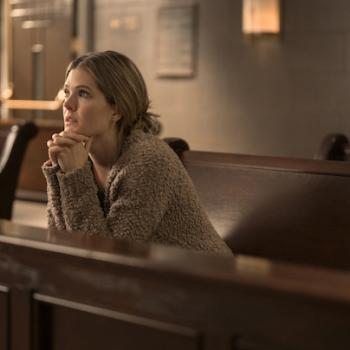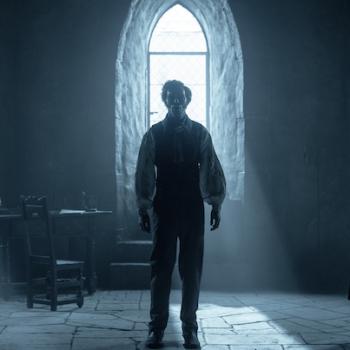
The Summer of Soul made me smile.
The documentary (the full title of which is Summer of Soul [… Or, When the Revolution Could Not Be Televised]) is playing now in select theaters and Hulu, and it showcases a critical cultural event you’ve probably never heard of: The Harlem Cultural Festival of 1969. Overshadowed by Woodstock even in its own day, the Festival was practically forgotten—the archival footage of the event stashed in someone’s basement for nearly 50 years.
Ahmir “Questlove” Thompson—in his directorial debut—took that archival footage and used it as the basis for this fascinating, transformative doc. “In the end I think we found the perfect rhythm,” he told Entertainment Weekly. “How to entertain people, how to get the maximum music, how to put them in the audience, and how to educate them at the same time without beating them over the head.”
Summer of Soul makes the case that the Festival was a seminal event in American Black culture at the time, forgotten or no. Taking place during the civil strife of the late 1960s and in the aftermath of several tragic deaths (the assassinations of Martin Luther King Jr. and Bobby Kennedy the year before had sparked riots in Harlem), the Festival was perhaps intended as a diversion—a way to keep violence at bay in Harlem during that boiling summer. But it proved to be much more: It helped give voice what it meant to be Black in the United States—showcasing a dizzying variety of sounds that provided that voice.
And those sounds make Summer of Soul more than just an interesting look at a critical place and time in history; it makes this doc an absolute joy.
The movie opens with 19-year-old Stevie Wonder—just beginning his move from Motown wunderkind into one of the most creative, socially active musicians of the age—playing a show-stopping drum solo. We see performances from musical legends ranging from Gladys Knight and the Pips to Nina Simone, From The 5th Dimension to Sly and the Family Stone.
This isn’t just a movie you watch; it’s a movie you dance to. And through each performance, you’re faced with the incredible breadth of what might’ve been classified back then as “Black music:” Pop, rock, blues, funk, jazz, Latin, psychedelia.
And no music festival in Harlem would be complete without the cornerstone that held most of it up: gospel.
“Gospel’s part of our DNA,” says journalist Charlayne Hunter Gault in the doc. “It’s deep in the recesses of my consciousness.”
According to the doc, it’s hard to overstate the importance of gospel’s place in the Black American experience. When people from countless tribes were taken from Africa and enslaved in the New World, most didn’t even speak the same language. They had to forge a new collective culture and identity—and as slaves accepted Christianity, faith became an incredibly important piece of that identity. It acknowledged the pain and suffering found in a deeply sinful world, but it offered hope, too. And both that suffering and hope found its language in gospel music.
The doc shows us the exuberant, infectious power of gospel—and the deep faith that it stems from.
Nowhere is that better illustrated than the Edwin Hawkins Singers’ hit “Oh Happy Day.”
The song wasn’t originally a gospel tune. When Philip Doddridge wrote the first incarnation of the song in the mid 1700s, it was a straight-up English hymn. But over time, the song snagged a new tune, a new chorus and, with Hawkins, a completely new arrangement.
By then the song had lost everything that Doddridge had originally stuck into it. It was straight-up joyous gospel by then, and when the Edwin Hawkins Singers took the Harlem Cultural Festival stage that summer of 1969, the song was already a hit. The performance we see on screen is flat-out fantastic; joy made tangible.
But “Oh Happy Day” also brought some controversy to Edwin Hawkins Singers, we learn. The choir came out of the straight-laced Pentecostal movement. So when the choir started (in the words of member Adrienne Kryor) “ministering in clubs and with secular artists,” the Singers suffered massive blowback from their own fellow Christians.
But Hawkins was not deterred. He said that sometimes song can reach people when a sermon can’t. Through their music, “We can show them that God yet lives.”
Hawkins and his Singers were hardly the only gospel representatives playing in Harlem’s Mount Morris Park that summer, or the only ones we see on screen: Several are showcased. Mahalia Jackson—an American legend who refused to sing anything but gospel during her four-decade-long career—was a festival headliner. During a remembrance of Martin Luther King Jr., she even sang a show-stopping duet of “My Precious Lord” with Mavis Staples of the Staple Singers—one of the musical highlights of the doc.
And even when a gospel act isn’t on stage, we can see and hear the genre’s influence everywhere, from Sly Stallone’s soul psychedelia to The 5th Dimension’s pitch-perfect pop. Indeed, when The 5th Dimension’s No. 1 medley “Aquarius/Let the Sunshine In”—which the group performed at the festival—moves seamlessly from the honey-rich “Aquarius” and into the raucous “Let the Sunshine In,” where Billy Davis Jr. dives into a pure gospel ad-lib. Wife and fellow group member Marilyn McCoo recalls that during the recording, producer Bones Howe said, “OK Billy, take it to church.”
Summer of Soul tells us that the festival was both a reflection of Black American culture and a catalyst for what it was becoming. But it also shows us how foundational gospel—and the faith that stands behind it—was for both.













